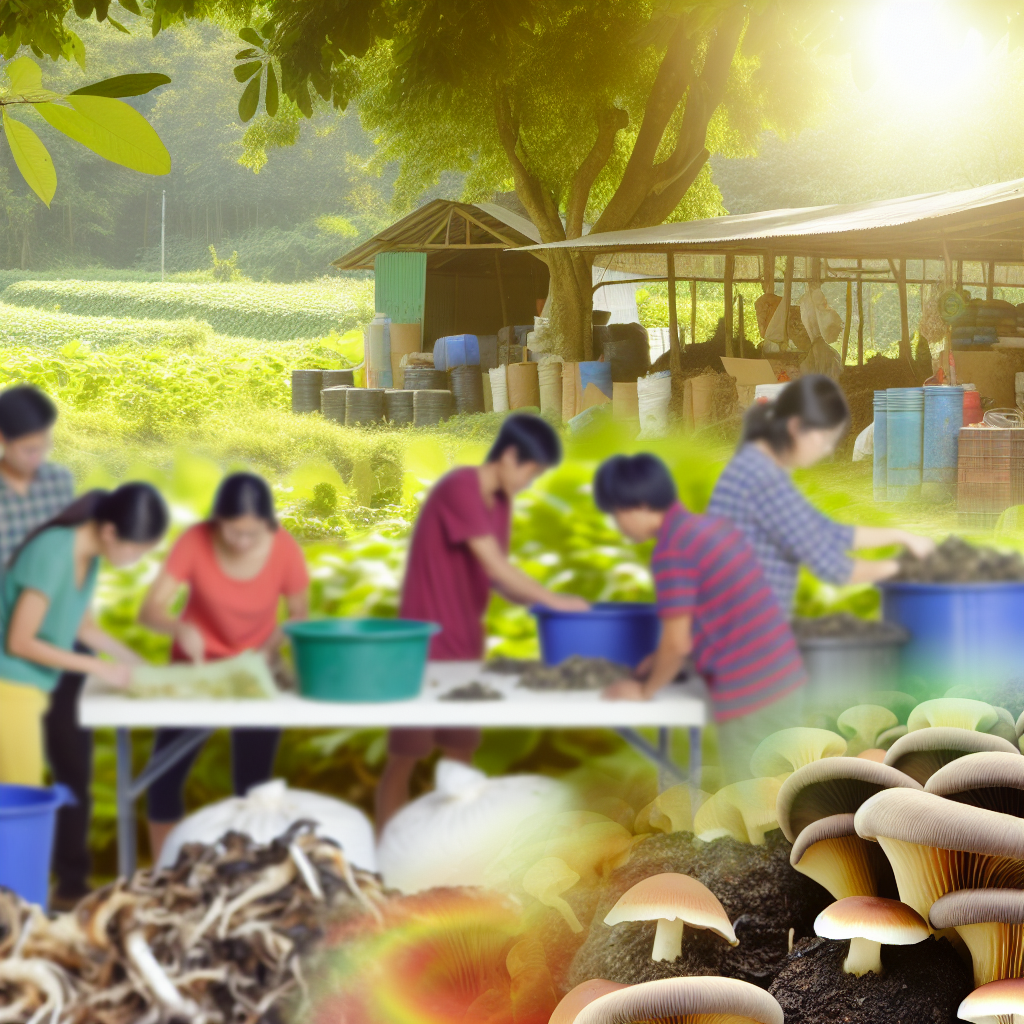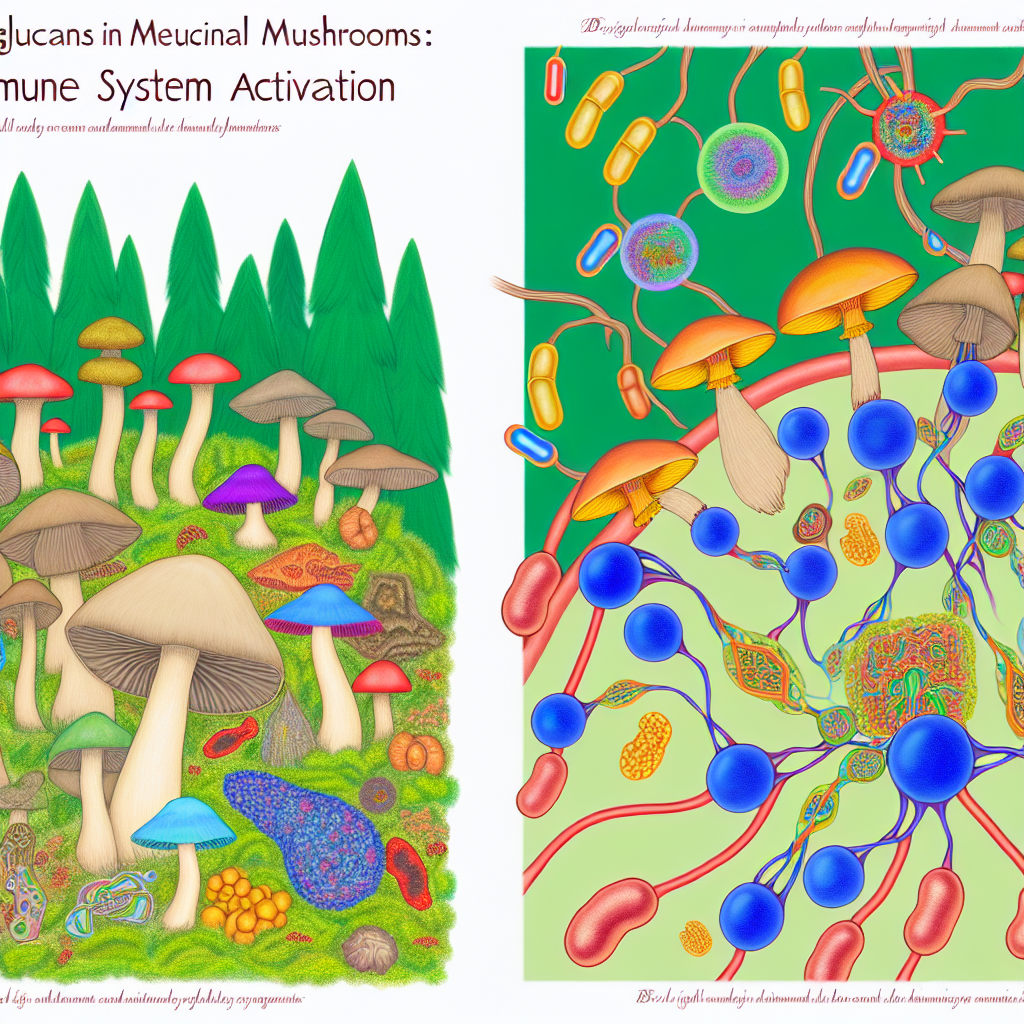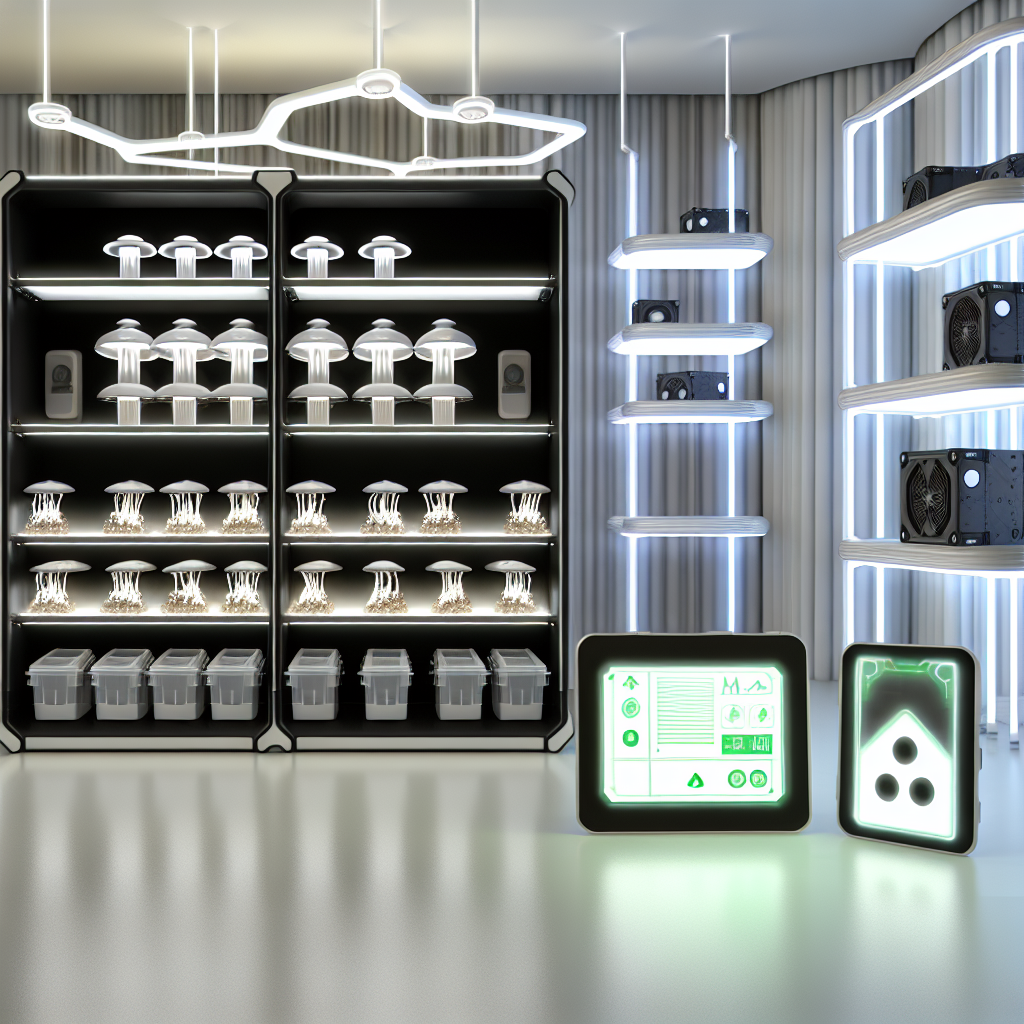# How to Create a Sustainable Mushroom Substrate From Agricultural Waste
With the growing global emphasis on sustainability and circular economies, the world of mycology is increasingly embracing eco-friendly methodologies—especially in substrate production. A mushroom substrate is the nutrient-rich base where fungi grow, and the choice of substrate often determines the yield, potency, and health potential of the mushrooms cultivated. Traditionally, commercial substrates have relied on materials like hardwood sawdust or commercial grain, which can be costly, resource-intensive, and environmentally impactful.
However, in recent years, agricultural waste has emerged as a groundbreaking solution for sustainable substrate sourcing. Below, we’ll dive into how you can harness this innovation for both environmental wellness and mushroom potency.
Why Agricultural Waste Is the Future of Mushroom Cultivation
Agricultural waste refers to the byproducts generated from farming and gardening activities. Materials like wheat straw, corn cobs, rice husks, sugarcane bagasse, coffee grounds, and cottonseed hulls offer an underutilized but nutrient-rich foundation for cultivating mushrooms. By transforming these residues into productive bio-resources, mycology enthusiasts and commercial growers alike can reduce environmental waste, lower operational costs, and promote sustainable agriculture.
In the context of medicinal mushrooms, such as reishi (Ganoderma lucidum), lion’s mane (Hericium erinaceus), and turkey tail (Trametes versicolor), selecting an eco-conscious and nutrient-dense substrate becomes even more critical. These mushrooms are widely researched and used for their neuroprotective, anti-inflammatory, and immune-modulating benefits. A sustainable substrate supports optimal bioactive compound formation—such as polysaccharides, beta-glucans, and triterpenoids—enhancing the medicinal properties of the final product.
Moreover, developing sustainable substrates using local agricultural waste not only empowers small-scale farmers and cultivators but also contributes to soil regeneration and carbon sequestration when substrate residues are returned to the land post-harvest. Innovations in substrate recycling and intelligent design are rapidly accelerating in line with consumer demand for clean, regenerative medicine. It’s evident: creating mushroom substrates from agricultural waste represents a pivotal step forward, uniting environmental responsibility with natural healing.
Whether you’re a home cultivator, an alternative medicine practitioner, or a commercial producer, understanding how to leverage agricultural byproducts is essential. Let’s explore the science and best practices to help make sustainable mushroom growing second nature.
Backed by Science: Proven Benefits of Agricultural Waste Substrates
As interest in medicinal mushrooms escalates within integrative medicine and holistic wellness, attention is turning towards ethical and effective cultivation methods. The use of agricultural waste in mushroom substrates has garnered substantial scientific traction, especially in enhancing yield and preserving therapeutic quality.
✔️ A notable study published in Biomass and Bioenergy examined the efficacy of various agricultural wastes—including wheat straw, sugarcane bagasse, and rice husks—as substrates for mushrooms like Pleurotus ostreatus (oyster) and Ganoderma lucidum (reishi). The results? These materials not only supported healthier mycelial growth but also heightened the presence of medicinal compounds when compared to synthetic commercial substrates. [Read the study](https://www.sciencedirect.com/science/article/abs/pii/S0961953419311784)
✔️ Wheat straw stands out as a readily available agricultural residue. A 2017 Journal of Applied Microbiology study found that when combined with coffee grounds, wheat straw delivered the perfect balance of moisture retention, fiber strength, and microbial balance. This combination dramatically boosted both yield and neurotrophic benefits in lion’s mane mushrooms. [Explore the study](https://sfamjournals.onlinelibrary.wiley.com/doi/full/10.1111/jam.13480)
✔️ Sugarcane bagasse, commonly discarded during sugar processing, has emerged as an underrated hero in mushroom cultivation. Research indicates it not only supports reishi growth but also significantly elevates triterpenoid levels—key for anti-inflammatory and liver-supportive effects. When paired with nitrogen-rich additives like soybean hulls, its potential shines even brighter. [Check the findings](https://www.ncbi.nlm.nih.gov/pmc/articles/PMC6492314/)
From a sustainability lens, using agricultural waste also aids in bioremediation and carbon capture. A comprehensive review in Environmental Science and Pollution Research highlights mushroom cultivation as a major player in reducing greenhouse gases and diverting biomass waste from landfills. [Learn more](https://link.springer.com/article/10.1007/s11356-020-09463-9)
Transform Your Waste Into Wellness: Practical Tips for DIY Growers
Ready to get started with waste-based substrates for your mushroom grow project? Here’s how to efficiently use agricultural byproducts in your own cultivation setup:
1. 🧺 **Collect Local Residues**
Focus on what’s readily available in your area — wheat or rice straw, spent coffee grounds from local cafés, corn cobs, or sugarcane bagasse from nearby farms or processing plants.
2. 🔥 **Pasteurize or Sterilize**
Remove unwanted microbes by using heat pasteurization (below boiling) or full sterilization. This step is crucial to prevent contaminant fungi or bacteria from competing with your mushroom mycelium.
3. 💧 **Optimize Moisture & Structure**
Mix dry agricultural waste with water until the substrate reaches a wet-but-not-dripping consistency. A good substrate should retain water while allowing oxygen circulation.
4. 🧪 **Supplement Wisely**
Add small amounts of nitrogen sources like soybean meal, spent grain, or legume waste to increase nutrient diversity and bioactivity potential—especially important for medicinal species.
5. 🌱 **Inoculate & Incubate**
Mix thoroughly with mushroom spawn (mycelium colonized on grain or plugs), seal in breathable grow bags or containers, and incubate under the correct humidity and temperature for your species.
6. 🍄 **Harvest & Regenerate**
Once the mushrooms are harvested, don’t toss the spent substrate! Use it as compost or soil enhancer to close the loop and regenerate your food-growing ecosystem.
The Bottom Line: Sustainable Substrates Heal More Than Mushrooms
Creating mushroom substrates from agricultural waste is more than a sustainability initiative—it’s an opportunity to enrich the medicinal value of fungi while protecting ecological and economic systems. By leveraging research-backed agricultural byproducts, modern mycology enters a new era of regenerative health and environmental harmony.
Whether for personal use or professional cultivation, making the shift to waste-derived substrates is not just smart—it’s essential for anyone committed to clean, ethical, and effective natural medicine.
References & Scientific Research
1. How Biomass Waste Becomes Mushroom Substrate – Biomass and Bioenergy
🔗 [https://www.sciencedirect.com/science/article/abs/pii/S0961953419311784](https://www.sciencedirect.com/science/article/abs/pii/S0961953419311784)
2. Coffee Grounds and Wheat Straw Substrates for Medicinal Mushrooms – Journal of Applied Microbiology
🔗 [https://sfamjournals.onlinelibrary.wiley.com/doi/full/10.1111/jam.13480](https://sfamjournals.onlinelibrary.wiley.com/doi/full/10.1111/jam.13480)
3. Triterpenoid Content in Reishi Using Bagasse – National Institutes of Health (NIH)
🔗 [https://www.ncbi.nlm.nih.gov/pmc/articles/PMC6492314/](https://www.ncbi.nlm.nih.gov/pmc/articles/PMC6492314/)
4. Environmental Benefits of Mushroom Cultivation on Waste – Environmental Science and Pollution Research
🔗 [https://link.springer.com/article/10.1007/s11356-020-09463-9](https://link.springer.com/article/10.1007/s11356-020-09463-9)
Concise Summary:
Harnessing agricultural waste for sustainable mushroom cultivation is a groundbreaking solution that unites environmental responsibility with natural healing. By leveraging nutrient-rich byproducts like wheat straw, coffee grounds, and sugarcane bagasse, mycology enthusiasts and commercial growers can boost medicinal compound production, reduce waste, and promote regenerative agriculture. This article explores the science-backed benefits and practical tips for DIY growers to transform waste into wellness.

Dominic E. is a passionate filmmaker navigating the exciting intersection of art and science. By day, he delves into the complexities of the human body as a full-time medical writer, meticulously translating intricate medical concepts into accessible and engaging narratives. By night, he explores the boundless realm of cinematic storytelling, crafting narratives that evoke emotion and challenge perspectives. Film Student and Full-time Medical Writer for ContentVendor.com




